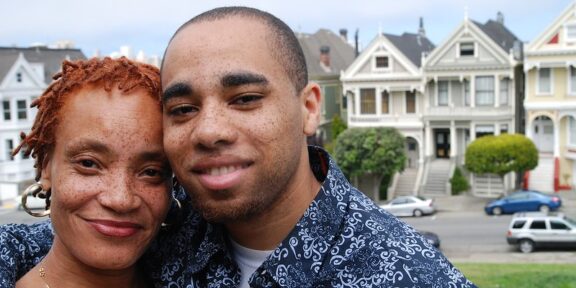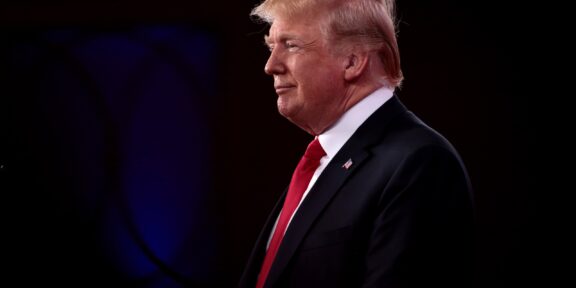Cab drivers and passengers reflect on the year-old meter system
Exactly one year ago, Mayor Adrian M. Fenty, announced a new metered taxi system that eliminated the rush-hour surcharge, the snow emergency rate and dropped the double fare of taxis to 25 percent. The base rate for any taxi ride was increased to $4 and a charge of 25 cents for each minute stopped in traffic or traveling slower than ten miles per hour went into effect. The change affected nearly 7,500 cab drivers in the district.
“At first the change was a little weird, but that happens whenever there is a change in anything,” says taxi rider Morgan Davis. “Over the year people have adapted to the change well, we feel more secure with the metered system because we can see exactly where the total fee for our ride comes from.”
An optimistic Fenty told the Washington Post in January 2008, “I think this will meet the needs of the drivers and also the riding public.”
However, Fenty’s decision had the opposite reaction of what he was expecting. Of the estimated 7,500 cabdrivers in the district, the overwhelming opinion was that the new meter system would threaten their business. His decision enraged taxi drivers and a strike was organized. Fenty’s plan was attempting to cut pay rather than cut jobs, but drivers did not view it that way.
“To us it was just a pay cut, money coming out of our pockets and it just seemed unfair,” says Jacob Sones, taxi driver of five years.
“As a cab driver I feel that we have taken a major loss in this deal, but I need my job so I do what I have to do,” says longtime cab driver Carter Nicholson.
Taxi riders felt the change was necessary, “Personally, I take the taxi on a daily basis and I was in favor of Mayor Fenty’s new metered system,” says Rachel Crawford, a District resident, “I think the decision benefited both drivers and riders because taxi drivers always receive a lot of flack from passengers who think they are being cheated, and with the new system there is no room for argument.”
The reason for the new change was due to the reaction of nearly 2,100 comments from D.C. residents and organizations solicited during a 60-day request for comments about the taxi fare system. In a statement released from the Mayor’s office it mentions “77 percent of the comments supported a switch to meters.”
Stanley Tapscott, a member of the D.C. Taxicab Commission, questioned the support Fenty reported for the metered system. However, he and other drivers conducted their own survey and the results proved Fenty’s reports true. The comments also showed that most people felt the previous zone system that was in place was cheating passengers out of their money.
“Being that I only take a taxi every once in a while I did not know if the asking price of the driver was accurate, because there was no meter to tell me if what I was paying was reasonable,” says Ashley Stalnaker, a student in D.C. area. As taxi drivers often rely on their instincts and approach with caution with the occasional questionable passenger, the new metered system may have further affected a driver’s outlook on passengers.
“Being a cab driver in the city is a scary thing sometimes,” says Jim Daniels, a cab driver in Northwest D.C., “I am constantly judging people before I pick them up because I have had experiences where people have run out of the cab without paying. After one experience like that I became paranoid when passengers get into my cab.”
After a full year of dealing with a changed fare system, taxi drivers and riders of the District seem to have adapted well to Mayor Fenty’s decision well.
“At the end of the day we are all moving on with our day to day lives and dealing with the change that has been thrown at us,” says Daniels.


